In the world of insulation material types for wire and cable, there are always fresh improvements and different sorts of alternatives, each of which allows different wiring products fulfill certain tasks. as One of the most significant components of electrical product today, the type of insulation, also known as an electrical insulator will be described.
Before digging into the wide range of the numerous chemically formed insulations, let’s first go over the objective of electrical insulation. As the name says it’s an insulator meaning it keeps things (electrical) within. Wikipedia defines it as “a substance whose internal electric charges do not flow freely or have very little electric current flow through it under the action of an electric field (Wikipedia).”
There’s a great number of wiring insulations, which range from practically identical chemical components to being completely distinct. Many of these identical designs are generally the same, but some manufacturers have slightly changed some characteristics of the construction, since it allows them to trademark the material.
Therefore, the most efficient approach to deconstruct these insulations is by their simplest and most popular compound compositions. Following are a list of different types and subcategories of wire and cable insulation:
Plastic Wire Insulation
PE Insulation (Polyethylene) (Polyethylene)

PP Insulation (Polypropylene) (Polypropylene)
PUR Insulation (Polyurethane) (Polyurethane)
Nylon Insulation
Rubber Wire Insulations
TPR Insulation (Thermoplastic Rubber) (Thermoplastic Rubber)
Neoprene Insulation (Polychloroprene) (Polychloroprene)
Styrene-Butadiene Insulation (SBR)
Silicone Rubber Insulation
EPR Insulation, which stands for ethylene propylene rubber
Insulation using Rubber
electrical cable insulation types pdf
Searching through pdf files titled electrical insulation types usually used to coat copper wire (and other) electrical conductors, we often face two classifications: first, Thermoplastic and second, Thermoset.
What’s the difference?
If we have a look at our Fundamentals of Rome Wire and Cable Manual (yeah, it’s from a long time ago but yes, it’s still totally valid), we have the following descriptions:
Thermoplastic: This substance is one that will soften and even melt when subjected to a sufficiently high temperature. In other words, when the material is originally created, it becomes somewhat rigid yet malleable, much like most plastics we encounter in our daily lives. However, if it is exposed to high temperature at some future period, it softens and melts. The key rationale for adopting a thermoplastic material is that it is the most affordable type of insulation.
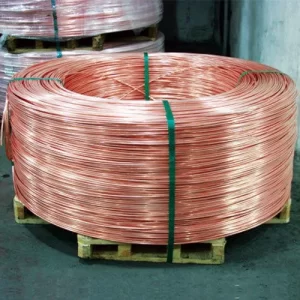
Some of the regularly utilized thermoplastic insulations used nowadays:
- PVC (Polyvinyl Chloride) (Polyvinyl Chloride)
- PE (Polyethylene) (Polyethylene)
- ECTFE
- PVDF
- Nylon
Thermoset:This substance, on the other hand, does not soften when subjected to high temperatures. When it has been compounded and cured, it takes on a “rubbery” appearance and is able to keep its qualities while being subjected to high temperatures…. In situations in which the wire or cable will be subjected to high temperatures, thermoset insulations are typically utilized.
The following are examples of common thermoset insulations:
- XLPE
- CPE
- EPR
cable insulation types chart
There are numerous types of wire and cable insulation material showcased in chart type information, this typification is based on application. Plastic, Rubber, and Fluoropolymer are the three main insulating materials. Following is a list of wire and cable insulation materials with descriptions of their common applications, benefits, and drawbacks.
Insulation for wires and insulation for cables are essentially same. Wire insulation is the process of isolating a single conductor, which is the definition of a wire. When discussing cable insulation, we typically refer to a cable composed of many (wire) conductors. Insulation of a cable can refer to the type of insulation surrounding each wire or to the insulation of the cable as a whole; the type of insulation and level of insulation for your cable will rely on the use case of your application.
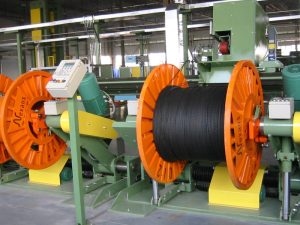
PVC is a very inexpensive and user-friendly insulating material for wires and cables that has the potential to be utilized in a variety of applications. The temperature range for PVC insulation is -55° Celsius to +105° Celsius, and it is resistant to flame, moisture, and abrasion. Additionally, it is resistant to gasoline, ozone, acids, and solvents.
As it is odorless, tasteless, and harmless, PVC can be utilized as an insulating material in the medical and food industries. PVC insulation can be applied to both thick and thin walls. However, it should not be used when low-temperature flexibility and extended flex life are necessary. In retractile cord applications, it demonstrates a below-average degree of flexibility. PVC has high attenuation and capacitance loss, which results in power loss when included into an electrical system.
copper wire insulation material
In addition to pvc which is the most prevalent insulation material. various forms of insulation material include; polyethylene (pe) ,Polypropylene (PP) Polyurethane (PUR), Chlorinated Polyethylene (CPE), Nylon
Polyethylene (PE) (PE)
PE is widely utilized in coaxial and low-capacitance cables because of its exceptional electric properties. It is widely used in these applications since it is inexpensive and may be foamed to reduce the dielectric constant to 1.50. This makes PE a common alternative for cables requiring high-speed transmission.
Polyproylene insulation (PP) is quite similar to PE but has a larger temperature range of -30° Celsius to +105° Celsius. It is used mostly for thin-wall primary insulations and can be foamed to increase its electrical characteristics.
Polyurethane (PUR) (PUR)
Even at low temperatures, PUR is renowned for its remarkable durability, flexibility, and flex life. In addition, it offers exceptional chemical, water, and abrasion resistance ratings. This material is a common option for salt-spray and low-temperature military applications and functions well in retractile cable applications.
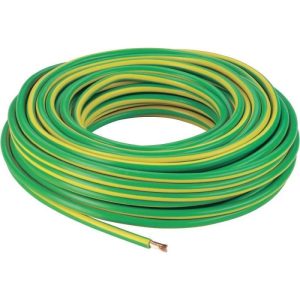
PUR is an ignitable substance. It is possible to make the material flame-resistant, but at the expense of its durability and surface polish. The primary drawback of PUR, however, is its poor electrical characteristics. As a result, it is utilized more for jackets than for insulation.
Polyethylene Chlorinat (CPE)
CPE offers exceptional resistance to heat, oil, and the elements. CPE is a more cost-effective and ecologically friendly alternative to CSPE. It is an alternative to PVC insulation due to its dependable performance when exposed to fire. CPE is extensively utilized in industrial power plant applications and power and control lines.
Nylon
Typically, nylon is extruded on top of softer insulating materials. It acts as a robust jacket, demonstrating high abrasion, cut-through, and chemical resistance, particularly in applications with thin walls. It is also highly adaptable. This diminishes certain electrical characteristics.
wire insulation types and uses
Insulation is a crucial component of every electrical wire and cable. Each type of insulation has unique applications; it is constructed of nonconductive material and covers the wire. Also known as an electrical insulator.
PLASTIC INSULATION
Polyvinyl chloride (PVC)
PVC is resistant to moisture, fire, and abrasion and can be utilized in a variety of conditions, including those containing acids, solvents, and ozone. In addition to lacking taste and odor, PVC-insulated wires are non-toxic. This material can withstand temperatures ranging from -55°C to 105°C.
Semi-rigid (SR) PVC
SR-PVC has similar resistance qualities to PVC insulation, but this material is superior when high abrasion resistance is essential.
Plenum PVC
Polyvinyl chloride is also used to make Plenum PVC, which is ideally suited for installations in indoor environments with air circulation, such as raised floors and dropped ceilings.
Polyethylene (PE)
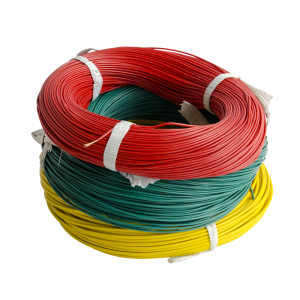 PE is a rigid material that is utilized when high-speed transmission and low capacitance are required. PE is also a popular alternative for coaxial cable insulation. With an operating temperature range of -65°C to 80°C, the material is resistant to soldering, cracking, and solvents. Insulation made of XLPE (cross-linked polyethylene) is a popular subtype of PE insulation.
PE is a rigid material that is utilized when high-speed transmission and low capacitance are required. PE is also a popular alternative for coaxial cable insulation. With an operating temperature range of -65°C to 80°C, the material is resistant to soldering, cracking, and solvents. Insulation made of XLPE (cross-linked polyethylene) is a popular subtype of PE insulation.
Polypropylene (PP)
PP shares similar properties with PE, but is predominantly employed in interior applications. The temperature range for this insulating material is between 30°C and -80°C.
Polyethylene (PUR)
PUR is a flexible material primarily used for low-temperature and marine-environment electrical wires. It is water-, chemical-, and abrasion-resistant, and its operating temperature ranges from -60°C to 90°C.RUBBER INSULATION
PVC wire insulation
In the following section, we will examine two major forms of pvc wire insulation.
Rubber made from thermoplastic polymers (TPR)
TPR is resistant to heat and harsh weather conditions and is ideal when a high processing speed is necessary.
Neoprene (Polychloroprene)
Neoprene is an abrasion-, oil-, and solvent-resistant material. This insulation substance increases the durability of an electrical cable.
Ethylene propylene rubber (EPR)
EPR is commonly used for high-voltage cables since it is resistant to most irritants and is flexible. The temperature range permissible for EPR cable insulation is -50°C to 160°C.
Ethylene propylene diene monomer (EPDM)
PDM is resistant to extreme weather conditions, heat, and abrasion, and it is also dielectric and flexible. The range of its operating temperature is -55°C to 50°C.
Silicone
Silicone is a flexible synthetic rubber insulator that is commonly utilized. This one is particularly handy in hot environments because it can endure temperatures up to 180°C.
Fiberglass
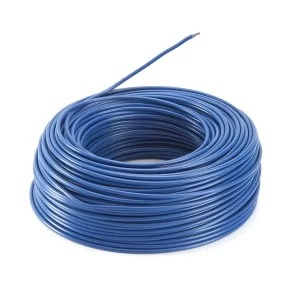 Fiberglass is resistant to chemicals and dampness. This glass insulation has a maximum operating temperature of 482°C and is frequently used in kilns, aluminum processing, and heat treating.
Fiberglass is resistant to chemicals and dampness. This glass insulation has a maximum operating temperature of 482°C and is frequently used in kilns, aluminum processing, and heat treating.
Styrene-butadiene rubber (SBR)
SBR has similar properties to neoprene, however, it is primarily employed in Mil-C-55668 cables.
FLUOROPOLYMERS INSULATION
Perfluoroalkoxy (PFA)
PFA is a robust insulating substance that can withstand temperatures ranging from -65°C to 250°C.
Polytetrafluoroethylene (PTFE)
PTFE is a thermoplastic substance that is heat, grease, moisture, and chemical resistant. This item has an acceptable temperature range of -70°C to 205°C.
Propylene Ethylene Fluorinated (FEP)
FEP is frequently utilized in plenum and military cables due to its great flame resistance and superior data transmission capabilities.
Polyvinylidene Fluoride (PVDF)
PVDF, commonly known as Kynar, is resistant to a wide variety of stimuli, including fire. It is also flexible and lightweight, making it suitable for indoor areas with airflow.
3 types of cable insulation
There are as many different kinds of wires and cables as there are different kinds of insulation for those wires and cables. Insulation is a critical nonconductive material that protects the individual wires or cables that make up a cable assembly by encasing and surrounding them in a cable assembly. Certain types of wire insulation are designed to be resistant to electric current so that they can be used in electrical applications.
In the field of radio frequency cable dielectric applications, several types of insulation are utilized. Insulation not only prevents electricity from coming into touch with other conductors, but it also stops energy from leaking out and offers protection against the effects of any and all external factors.
Depending on the application, insulation is often made of either rubber, polyethylene, or fluoropolymers. Sometimes all three are used.Plastic Polyvinyl Chloride (PVC) is widely used for a variety of purposes.
It has a temperature range of -55°C to 105°C and is resistant to flame, moisture, and abrasion. Its applications are compatible with gasoline, ozone, acids, and solvents, and it is non-toxic, odorless, and suitable for medical and food applications.
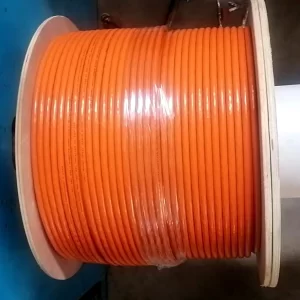
Rubber
Natural rubber (NR) and synthetic SBR compounds are both referred to as rubber. This material has good low-temperature flexibility, good water and alcohol resistance, electrical characteristics, and great abrasion resistance, despite its poor oil and ozone resistance.
Thermoplastic Rubber (TPR) is utilized for applications requiring faster processing speeds and a broader temperature range. It offers high resilience to heat, weather, and aging, but poor resistance to abrasion.
Neoprene (Polychloroprene) is a thermoset rubber with remarkable resistance to abrasion, oil, and solvents. Neoprene has a long service life, a broad temperature range is flame retardant and self-extinguishing, and long service life.
Fluoropolymer
PFA; with a temperature rating range of -65°C to 250°C, PFA is appropriate for applications involving both high and low temperatures. It possesses exceptional mechanical strength, and its extremely low dissipation factor makes it an electrically efficient material. PFA is a costly substance.
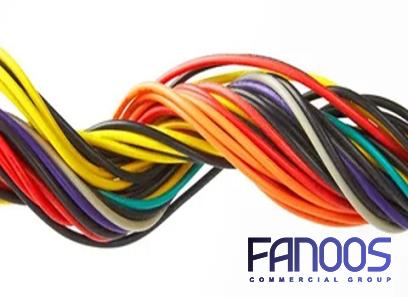
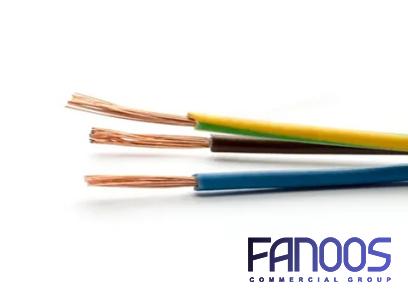
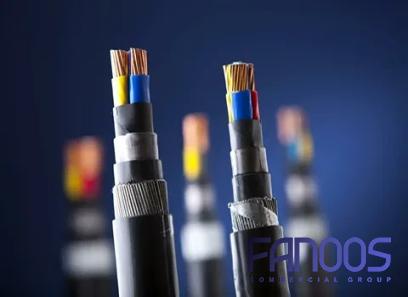
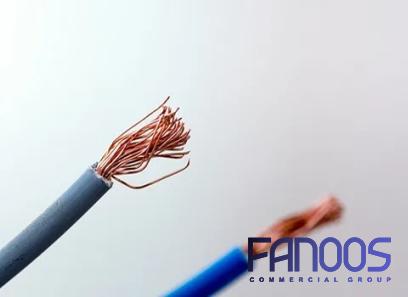
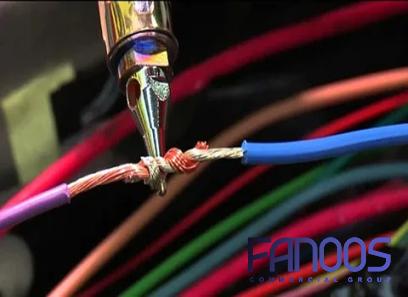
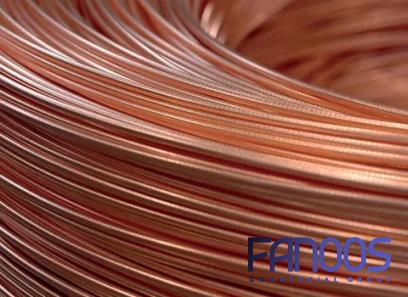
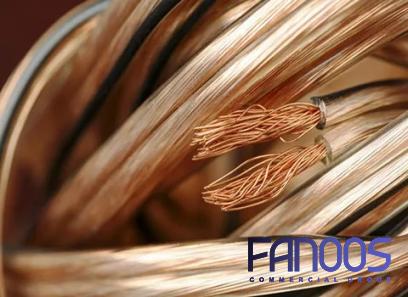
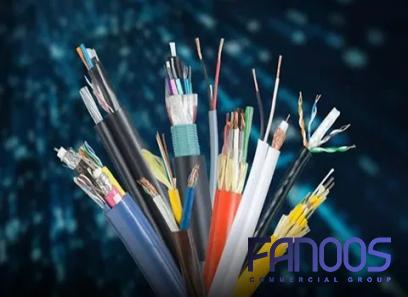
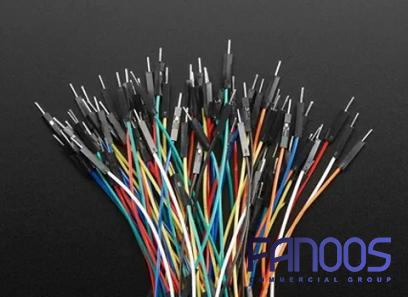
Your comment submitted.